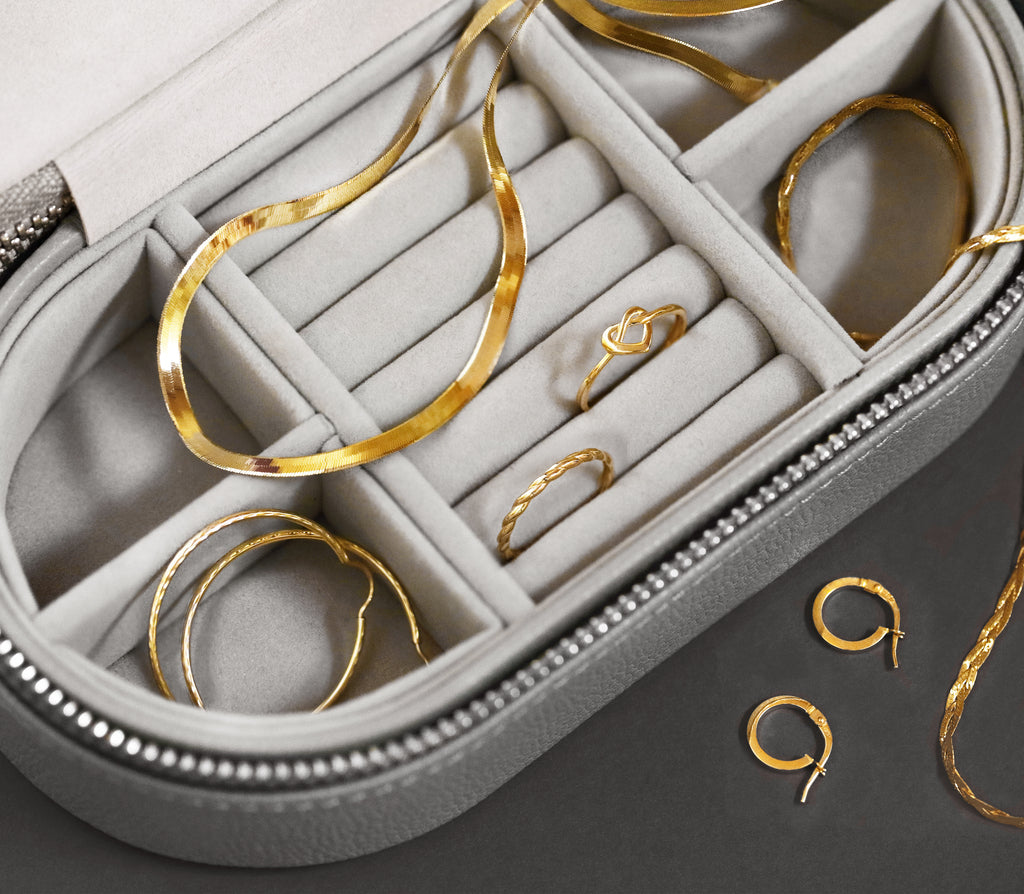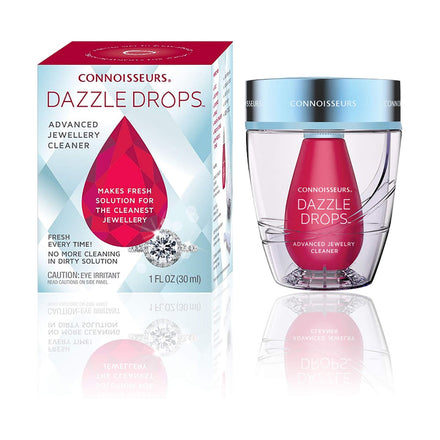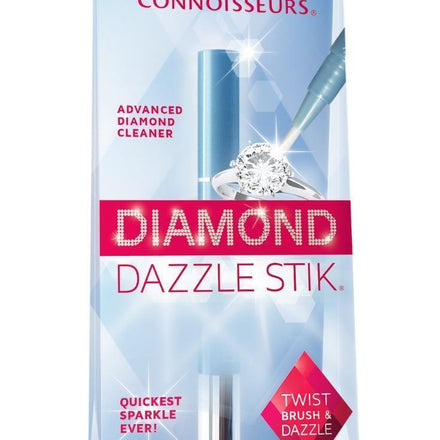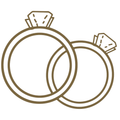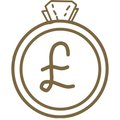To help keep you in the know about what you’re buying, or what you already own, we’ve put together a simple guide that certifies the authenticity of diamond jewellery and what to look out for in some simple steps to ensure you have the real thing.
1) Get documentation
First and foremost, when purchasing your jewellery, it’s vital that certification or documentation of its authenticity is available if requested. Documentation should cover price, value and details of the stone and its mount. These few things will signify that your jewellery is genuine.
As a top tip, illegitimate pieces may have false replicated documents. You can distinguish this by taking a closer look at the document’s contents, spelling and grammar, as well as the quality of the document's printing. This should all give you a feel as to whether it is genuine or not. At Browns, we ensure our diamond jewellery has a certificate of authenticity (please note that each diamond in the piece must have a carat weight of 0.15ct or higher to require certificate) or if its value is over £4,000, no matter whether it is an engagement ring, dress, piece or anything else.
2) Can you return it?
Purchasing diamond jewellery with the confidence that you can return it is extremely important. If the seller offers no option to return the jewellery, this is often an instant giveaway that the piece is fake.
The majority of jewellery bought online comes with a returns policy of at least 14 days as a legal requirement. Here at Brown’s, on the rare occasion where your item is not quite right for you, we make the returns process as simple as possible. If your purchase is returned to us within 30 days of placing the order, we will offer you a full refund or exchange. This is subject to the requirement that the jewellery is in its original condition, with all its documentation intact.
3) Look for a hallmark
Another tell-tell sign is whether the jewellery has a hallmark. Although a diamond itself will not feature a marking as such, in the UK, for all jewellery that is made from a precious metal such as gold, silver, palladium or platinum, it is mandatory to provide a hallmark by the Hallmarking Act of 1973.
It is important to identify one of these trusty markings when purchasing your jewellery as it proves the purity of the metal, guaranteeing the standard of the piece you’re purchasing, as well as its authenticity. These markings can often be found on the inner circumference of rings and bangles, on the reverse side of earrings, or on the clasp of necklaces and pendants.
4) Consider the quality
The quality of material to craft your luxury jewellery should be impeccable. These metals will add weight to your jewellery, so if your jewellery feels lighter than you had anticipated, it’s advisable to weigh it or compare the weight to that of another piece of luxury jewellery.
Also, if you’re buying a bracelet or necklace, be sure to inspect the links - they should be smooth and solid looking. If they’re pinched together tightly it’s a sure sign of fake jewellery.
If you have a ring with a stone, it’s worth checking the setting and mounting of the stone. A way to spot a fake stone is to understand that a real diamond or gemstone won’t be perfect, and will have natural flecks within it that can be spotted with a magnifying glass. A fake will often look too pristine as they’re usually made from glass and plastic, which will reflect shining rainbow colours, whereas a real diamond possesses an unmistakable brilliance and reflects in shades of grey.
5) Can you see through it?
This is known as the ‘read through’ test and essentially, assesses whether you can read through your diamond. In order to conduct this test, simply place anything with written text behind your diamond and attempt to read through it. Although remember that to use this method properly, you need to ensure your diamond is turned upside down when you try and read through it. If you find you can read the text though the upturned diamond, it’s a sure sign of a fake.
6) The sparkle test
One way to ensure your diamond is genuine is the way your stone reflects and refracts light. You can do an at-home sparkle test to inspect your diamond's behaviour in the light.
A fake diamond will sparkle significantly less than a real or mined diamond. A stone’s natural light refraction cannot be altered, therefore the light refraction from your stone, or lack of, is typically accurate. You should look for shades of grey in a real diamond, whereas a fake will sparkle with more iridescent colours. So, if your diamond is showing many colours when reflecting light, it's likely a fake.
7) The water test
Another great test to conduct at home is the water test which works best with loose diamonds. All you simply need to do is get a glass of water and carefully drop your loose diamond into the glass. If the stone sinks, it’s real. However, if it floats either under or on the surface of the water, it’s a sign your diamond is fake. Due to the high density of diamonds, they will sink when in water.
8) The heat test
A heat test takes a lot more precision and risk, but is a great technique to deter a fake diamond from a real one. To safely and accurately conduct the test, you must expose your loose diamond to a controlled, open flame. Either from a lighter or candle works best. Heat your stone for about 30-45 seconds, and immediately transfer the stone into a container of cool water after heating.
The way your stone reacts to the sudden change from hot to cold will determine its genuinity. A real diamond will show no marking of either, whereas a fake will be ruined. Of course, there is risk of your jewellery being harmed by conducting this test, which is why it is always recommended you speak to an expert first.
9) Lab grown vs naturally grown diamond jewellery
Laboratory grown diamonds are engineered diamonds that are grown in highly controlled lab environments that use technology to duplicate the conditions under which diamonds naturally form. The process is man-made, however the outcome delivers a diamond that is made up of the same material composition as natural diamonds, and they also exhibit the same optical and chemical properties.
The issue is, lab grown diamonds tend not to be deemed as valuable as earth-mined diamonds. In fact, it is common to find lab grown stones for half the price of natural diamonds of the same carat weight.
Unfortunately, a lab grown diamond can only be distinguished from a natural diamond with tests using specialised equipment and only by a trained eye. Therefore, when buying online, from a second-hand retailer, or simply one you are unfamiliar with, there is risk that a man-made stone is being advertised and sold as its natural counterpart, with a higher price tag.
To be sure, a lab grown diamond should always come with a gem certification identifying them as laboratory grown, just as a natural diamond comes with a certificate of authenticity.
At Browns, we make sure that all necessary diamond jewellery items have a certificate of authentication, as well as all other assurance of the genuineness of your new piece. If you have any questions, then get in touch or visit one of our stores to speak to a member of our highly experienced team.



